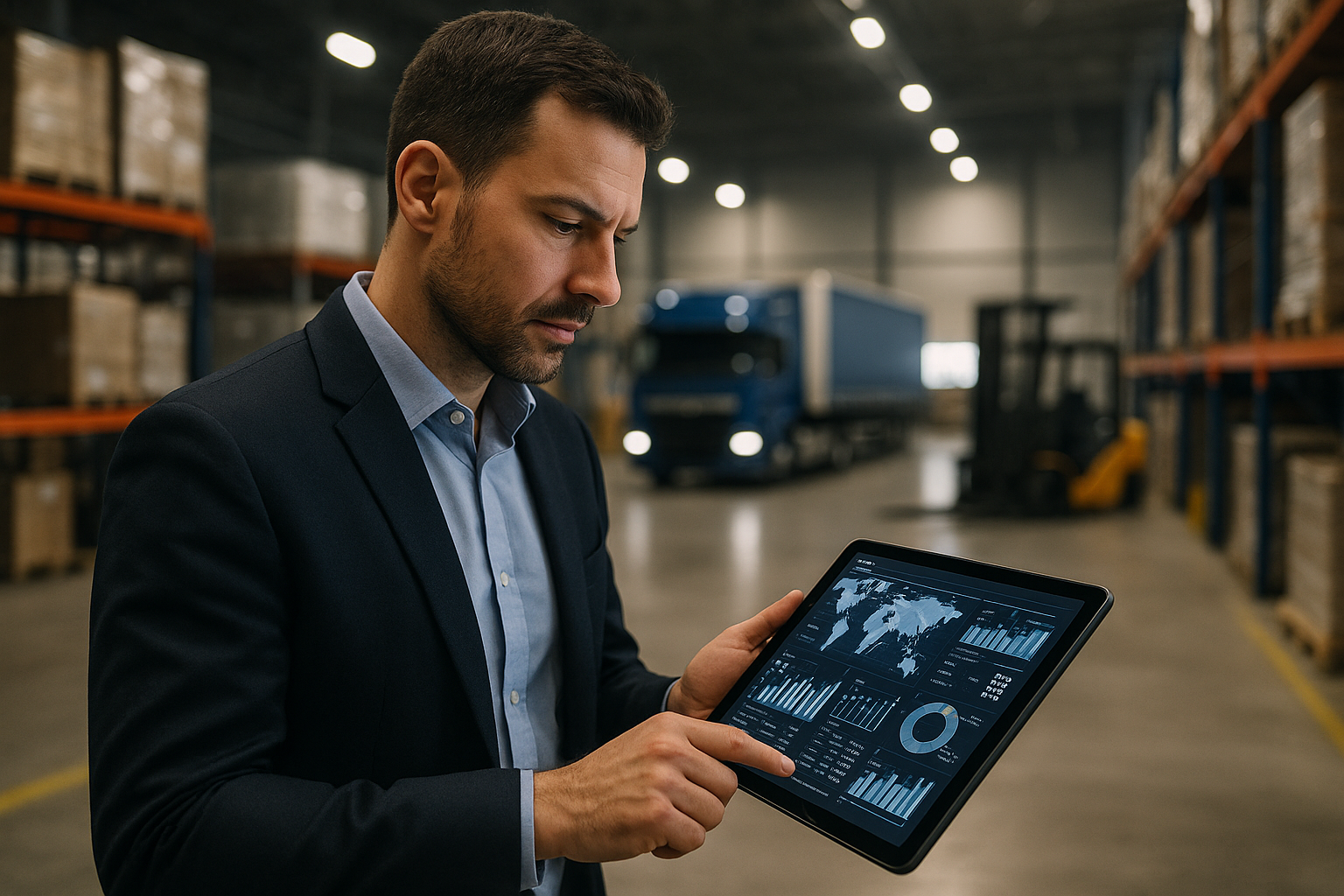Real-time inventory visibility to reduce lead times and waste
Real-time inventory visibility connects devices, software, and operations to provide accurate stock information that shortens lead times and reduces waste. Integrating sensors, IoT platforms, analytics, and automation helps organizations make faster, data-driven decisions across the supply chain.

Real-time inventory visibility means continuously aligning physical stock with current data so decisions reflect actual availability rather than outdated reports. That alignment reduces uncertainty across procurement, warehousing, and production, helping to shorten lead times and lower waste from overstocking or spoilage. Implementations typically combine on-site devices, inventory management systems, and analytics platforms to translate telemetry into operational actions that improve fulfillment accuracy.
How does predictive analytics cut lead times?
Predictive analytics uses historical demand, current consumption, and telemetry to forecast when items will be needed and how long replenishment will take. By modeling variability in supplier lead times and internal processing, predictive models can trigger replenishment or production earlier for items at risk of stockout. When forecasts are combined with automated reorder rules and replenishment workflows, organizations can reduce emergency shipments and smooth procurement cadence, which shortens overall lead times and reduces expedited freight costs.
How do IoT devices and sensors enable visibility?
IoT devices and sensors supply near-continuous, timestamped data about inventory levels, locations, and conditions. RFID readers, barcode scanners, weight sensors, and environmental monitors update records without manual counts, which reduces counting errors and latency. That sensor-driven visibility improves traceability and supports compliance by recording storage conditions and movement. Accurate on-shelf data also lowers waste by signaling soon-to-expire items for prioritized picking or redistribution.
What role does edge computing and telemetry play?
Edge computing processes telemetry close to the source, lowering latency and reducing bandwidth needs for distributed facilities. For automated warehouses and remote sites, edge nodes can filter and aggregate sensor data and run real-time anomaly detection. This allows immediate local responses—such as stopping a conveyor or adjusting a refrigeration cycle—while maintaining a continuous data stream to central analytics systems. Edge computing helps maintain resilience and responsiveness even during network interruptions.
Can a digital twin improve supply chain coordination?
A digital twin models inventory positions, flows, and facility constraints in a virtual environment, enabling planners to test scenarios without disrupting operations. By combining live telemetry with historical performance, a digital twin can evaluate options like rerouting stock, changing lot sizes, or shifting production schedules to minimize lead times and waste. It fosters cross-functional alignment by giving procurement, production, and logistics teams a shared, data-driven view of potential trade-offs.
How does automation connect with maintenance workflows?
Automation turns visibility into action: when sensors indicate low inventory or abnormal conditions, automated workflows can create purchase orders, adjust production priorities, or flag items for inspection. Predictive maintenance informed by telemetry reduces unplanned downtime of material-handling equipment, which otherwise can cause delays, excess buffer stock, and obsolescence. Integrating maintenance schedules with inventory control keeps throughput steady and reduces the need for safety stock that contributes to waste.
How does monitoring support compliance and energy efficiency?
Continuous monitoring records environmental conditions and operational events that support regulatory compliance and internal policies. Telemetry from temperature, humidity, and power sensors creates auditable logs and triggers alerts when thresholds are breached, enabling rapid corrective actions to protect perishable items. Monitoring also reveals patterns in energy use, allowing adjustments to refrigeration cycles, lighting, and equipment scheduling to improve energy efficiency while preserving product integrity.
Real-time inventory visibility is most effective when technology investments are paired with process changes: define which SKUs and storage zones will benefit first, standardize data definitions, and create governance that ties metrics to operational goals. Combining sensors, IoT platforms, edge computing, analytics, and automation reduces manual friction and provides the timely insights needed to shorten lead times and cut waste. Continuous measurement and iterative refinement ensure that visibility initiatives deliver measurable operational improvements over time.
Conclusion A practical approach to real-time inventory visibility connects accurate telemetry with predictive analytics, automation, and operational processes. This combination helps organizations respond faster to demand changes, maintain compliance, and improve energy efficiency, all of which contribute to shorter lead times and reduced waste without relying on speculative claims.





